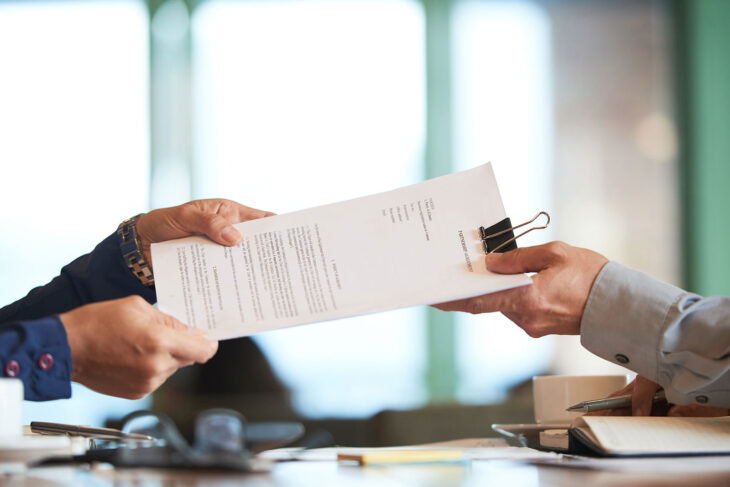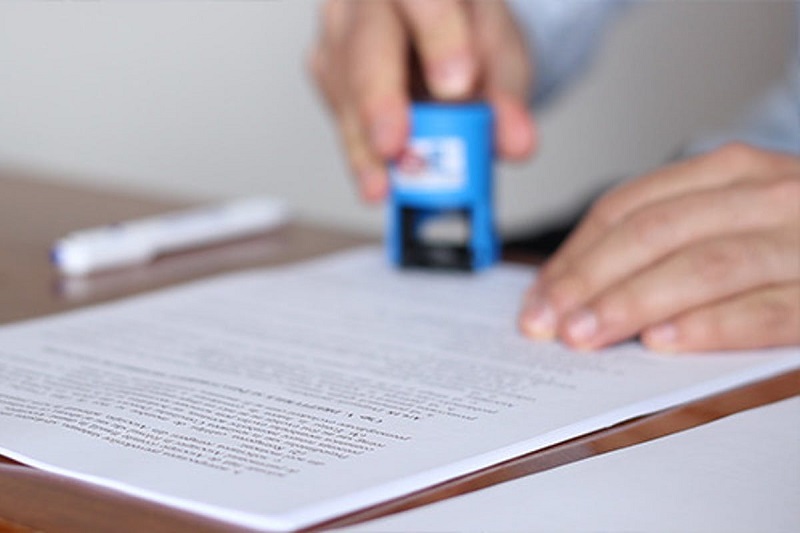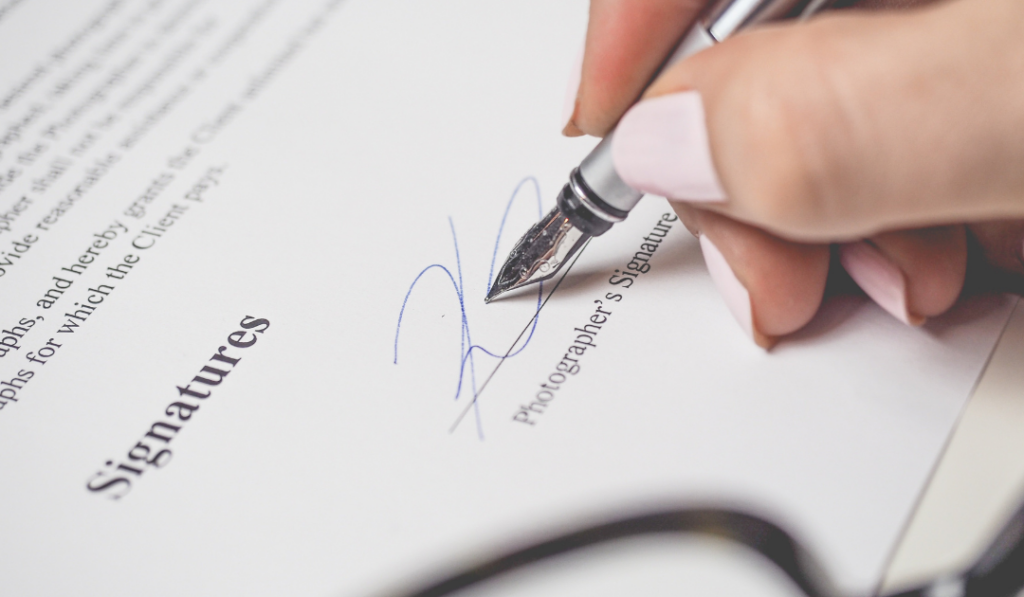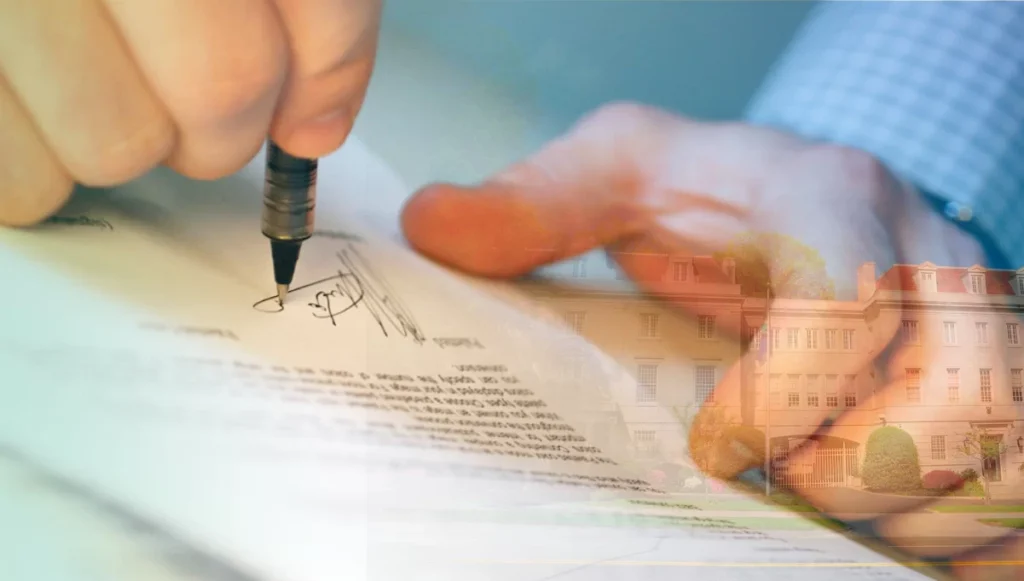
How Do You Authenticate a Document? Tips for a Seamless Certification Process
The process of document authentication is a critical aspect of modern bureaucratic and legal systems. It’s a method to ensure that documents presented in various contexts are genuine and have not been tampered with. This process is vital in maintaining the integrity of official and personal records. The purpose of this blog post is to delve into the intricacies of document authentication, offering a comprehensive guide on how to navigate this often complex process. From understanding what document authentication entails to highlighting the importance of this procedure in different sectors, this article aims to provide valuable insights for anyone looking to authenticate documents.
What Is Document Authentication?
In simple terms, document authentication is the process of verifying the genuineness of a document. This practice is foundational in establishing trust in the documents we rely on daily, from personal identification papers to academic records and legal contracts. In an age where information can be easily manipulated, the significance of this process becomes more pronounced. It serves as a safeguard against fraud and misrepresentation, ensuring that the documents used in various settings are not only legitimate but also carry the authority they claim to. The implications of using an unauthenticated document can be severe, ranging from legal consequences to personal losses.

Types of Documents That Require Authentication
The range of documents that require authentication is vast and varies depending on the context. Common examples include Birth certificates, educational diplomas, marriage certificates, legal contracts, and official government documents. For instance, a birth certificate may need authentication for enrollment in an educational institution, while a diploma might require verification for employment purposes. Legal documents like contracts and agreements are authenticated to ensure that the terms are binding and recognized by law. The authentication of such documents not only validates their legitimacy but also reinforces the trust and reliability associated with them. If the latter is what you seek please contact https://www.onesourceprocess.com/.
Why Is Document Authentication Important?
The importance of this process cannot be overstated. It serves as a bulwark against the misuse of forged or altered documents, which can have far-reaching consequences. In legal contexts, unauthenticated documents can render contracts void, lead to wrongful legal judgments, or cause significant delays in proceedings. In the academic field, the authenticity of diplomas and certificates is paramount to maintain the integrity of educational qualifications. In personal matters, such as immigration or property transactions, the absence of authenticated documents can result in the rejection of applications or disputes. The process of authenticating documents lends credibility and legal standing, making it an indispensable part of various procedures.
Who Needs to Authenticate Documents?
Document authentication is a requirement for a wide array of individuals and organizations. For individuals, the need arises in situations such as applying for a job, enrolling in an educational program, traveling abroad, or dealing with legal matters. In these scenarios, authenticated documents are often a prerequisite for proceeding. Organizations, including businesses, educational institutions, and governmental bodies, also frequently engage in document authentication. This process is not limited to just validating the authenticity of a document; it also involves verifying that the issuing authority or individual is legitimate. The significance of this process in these contexts is immense, as it directly impacts the validity and legality of the actions and decisions taken based on these documents.

Tips for a Seamless Certification Process
Navigating the process of document authentication can be daunting, especially for those unfamiliar with the necessary procedures. To ensure a seamless experience, it’s important to follow certain practical steps. Firstly, gathering all necessary information and documents before beginning the process is crucial. This includes understanding the specific requirements for the type of document you need to authenticate. Secondly, ensure that all documents are in the correct format and contain accurate information. It’s also advisable to familiarize yourself with this process of the specific authority you are dealing with, as procedures can vary. Furthermore, be prepared for the possibility of needing to get documents translated if they are not in the official language of the country where they are being authenticated.
Choosing the Right Authentication Authority
Selecting the right authority for document authentication is a critical step in the process. The choice of authority largely depends on the type of document and its intended use. Government agencies are typically responsible for authenticating official documents like birth certificates and marriage licenses. For educational documents, such as diplomas, the initial step often involves verification by the educational institution itself, followed by authentication from a government authority. When choosing an authority, it’s important to ensure that they are recognized and accredited for the type of process required.
Required Documentation
The documents and information required for authentication can vary depending on the type of document and the authority handling the authentication. Generally, you will need the original document that requires it, along with any supporting documents. For example, if you are authenticating an academic degree, you might also need transcripts or a letter from the educational institution. It’s crucial to provide complete and accurate information to avoid delays or rejections. Make sure to check the specific requirements of the authority or agency you are dealing with, as they may have unique prerequisites.

The Authentication Process
The general steps involved in authenticating a document usually begin with the submission of the document along with any required supplementary information or documentation. This can often be done in person, by mail, or online, depending on the authority’s procedures. Following submission, the authority will review the documents to verify their authenticity. There may also be fees associated with the authentication process, which can vary. It’s important to be aware of these costs beforehand and make the necessary arrangements to pay them.
Common Pitfalls to Avoid
There are several common mistakes that people make during the document authentication process. One major error is submitting incomplete or incorrect documentation. This can lead to significant delays or even the rejection of your authentication request. Another pitfall is underestimating the time it takes to authenticate a document. Starting the process too late can result in not having the authenticated document when needed. Additionally, using an unauthorized or unaccredited authority for authentication can lead to your document not being recognized as legitimate.
Processing Time and Fees
The time it takes to authenticate a document can vary widely depending on the type of document and the authority handling the authentication. Generally, it’s wise to allow several weeks for the process, though some authorities may offer expedited services for an additional fee. Speaking of fees, the cost of this process also varies. It can depend on factors such as the type of document, the authority performing the authentication, and whether expedited processing is required.

Conclusion
In conclusion, document authentication is a vital process in ensuring the credibility and legitimacy of important documents. By understanding the types of documents that require authentication, the importance of this process, and the steps involved, you can ensure a smooth and successful authentication experience.